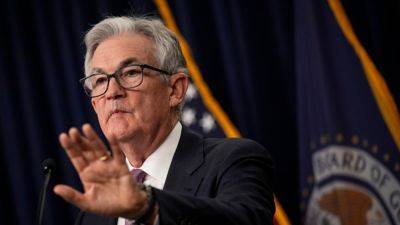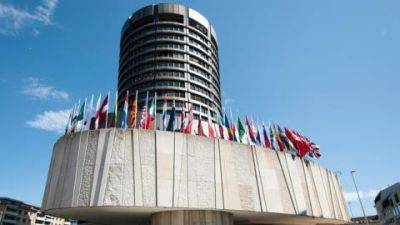What is the International Monetary Fund, and how does it work?
Maintaining stability in the international financial system is essential for sustaining economic growth in a connected global economy. In this context, the International Monetary Fund (IMF) is essential for fostering international monetary cooperation, maintaining exchange rate stability and managing financial crises. This article provides an overview of the IMF and its objectives, governance structure and key functions.
The International Monetary Fund is a global institution with its main office in Washington, D.C. Its 190 member countries represent nearly the entire world. The main objective of the IMF is to promote economic growth and stability around the world by offering its member nations technical assistance, financial support and policy recommendations.
The IMF’s three main goals are as follows:
The IMF’s governance system guarantees that all of its member nations are represented and have equal access to decision-making. The essential components of the IMF consist of:
The IMF does a variety of tasks to achieve its goals, including:
Related: IMF optimism in Central African Republic, despite Bitcoin adoption
The IMF recognizes the potential benefits and risks associated with digital currencies. In its reports and statements, the IMF has highlighted several key considerations regarding digital currencies:
The IMF recognizes that digital currencies, in particular, central bank digital currencies (CBDCs), have the potential to improve financial inclusion by giving unbanked populations safe and convenient access to financial services.
A new IMF post warning against "crypto asset adoption" claims that CBDCs "can improve financial inclusion and lower remittances' costs." Does that ring a bell, anyone? Avoid the CBDC trap,
Read more on cointelegraph.com





















